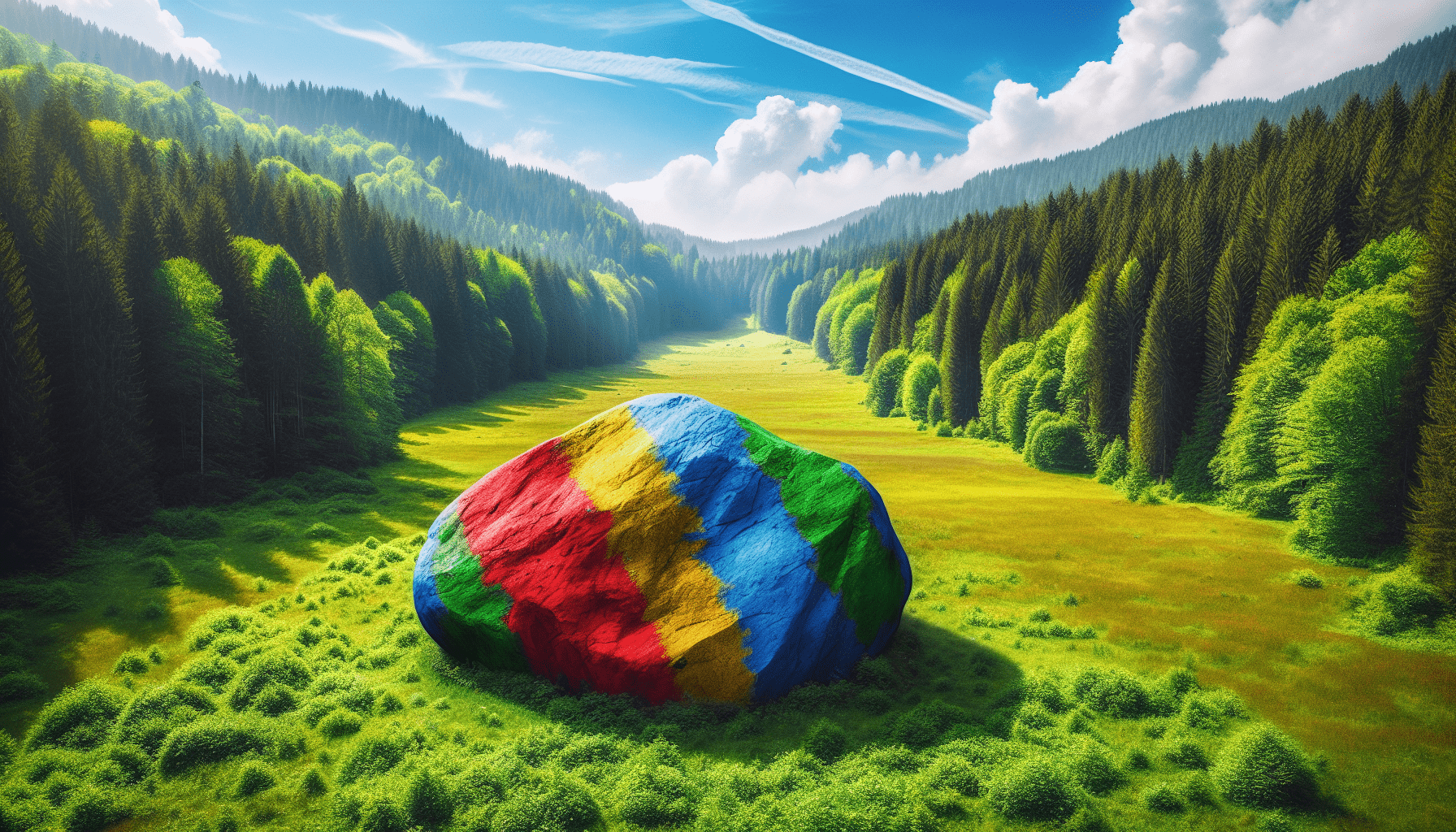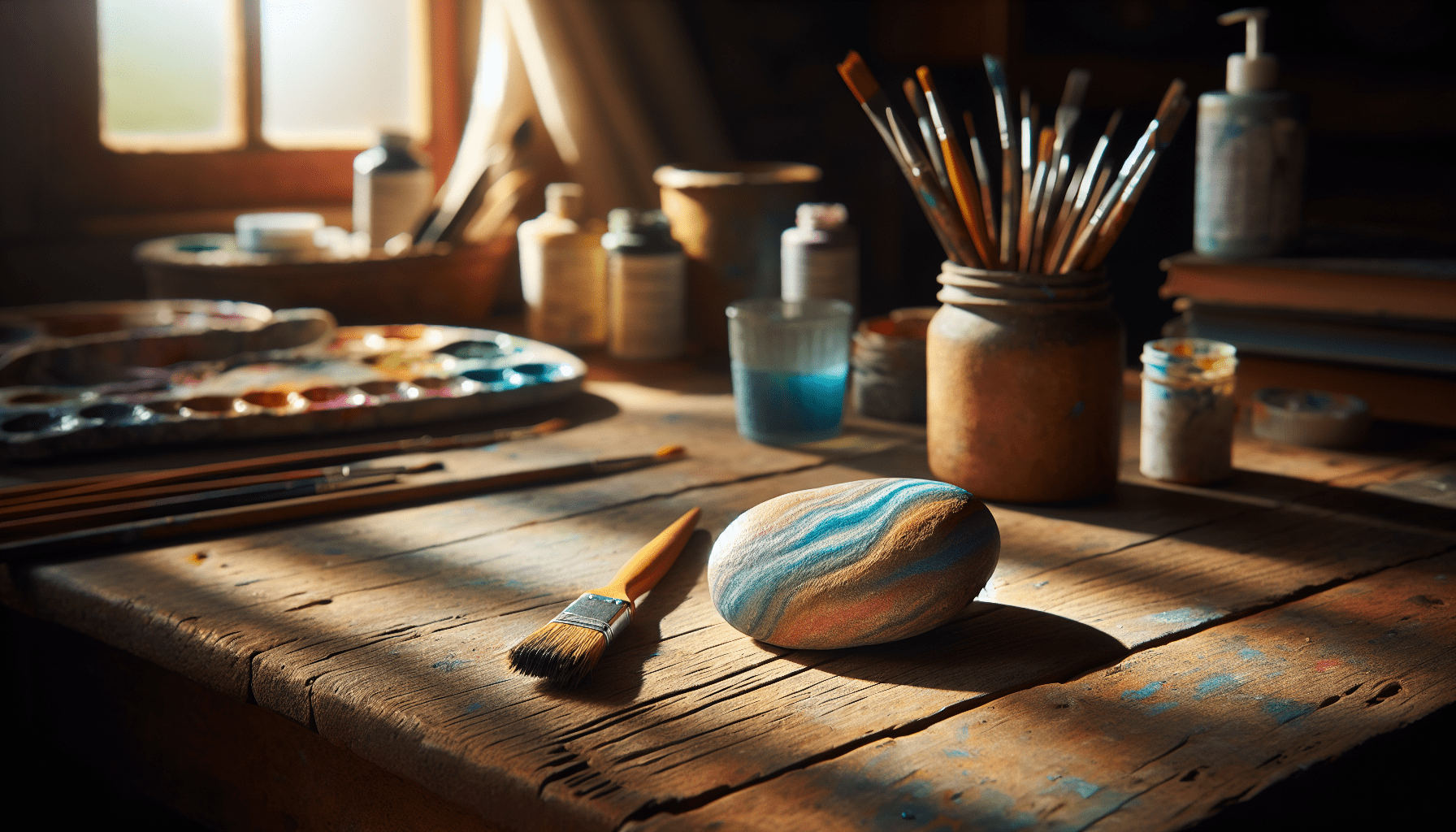Have you ever looked at a plain rock and imagined the vibrant and intricate designs you could bring to its surface? Rock painting is a delightful blend of creativity and mindfulness that allows you to transform ordinary stones into extraordinary pieces of art. Whether you’re a beginner eager to experiment or an experienced artist seeking a new medium, rock painting offers a rewarding and enjoyable experience.
Introduction to Rock Painting
Rock painting is a versatile and accessible form of art that involves decorating natural stones with various designs using paints and other artistic tools. Its popularity has surged in recent years, encompassing a wide community of individuals who find joy in turning simple rocks into beautiful artworks.
Why Rock Painting?
There are numerous reasons why you might find rock painting appealing. Firstly, it’s an inexpensive hobby since rocks can often be acquired for free. Moreover, it’s a relaxing and meditative activity that allows you to express your creativity without restrictions. The finished pieces make for delightful decorations or heartfelt gifts, spreading positivity in unexpected places.
History and Cultural Significance
Rock painting has deep roots in history, with ancient civilizations using painted stones for symbolic and religious purposes. Today, the art form has evolved into a vibrant hobby and art movement that encourages community building and artistic expression.
Materials Needed for Rock Painting
Before you start painting, gather the necessary materials. The quality and longevity of your painted rocks depend significantly on the tools and supplies you use.
Rocks
Choose smooth, flat rocks as they provide a better canvas for painting. You can collect them from natural environments, ensuring to follow local regulations regarding rock collection. Alternatively, you can purchase ready-to-paint stones from craft stores.
Paints
Acrylic paints are the go-to choice for rock painting due to their vibrant colors and versatility. They adhere well to stone surfaces and dry quickly, allowing for intricate designs. Consider investing in high-quality acrylics for longer-lasting results.
Brushes and Tools
Investing in a variety of paintbrushes—ranging from fine detail brushes to broader ones—will help you achieve different effects in your artwork. Additionally, tools like dotting tools or paint pens can add precision and detail to your designs.
Sealant
Sealing your painted rocks is crucial to protect them from the elements, especially if they’re intended for outdoor display. A clear, weather-resistant sealant such as a varnish or acrylic sealant will preserve the vibrancy of your designs.

Preparing Your Rocks
Preparation is key to achieving the best results in rock painting. Proper preparation ensures the paint adheres well and provides a clean, smooth surface for your creativity.
Cleaning the Rocks
Before painting, clean the rocks to remove any dirt or debris. Washing them with water and allowing them to dry completely creates a clean surface for painting. This step is essential for the paint to adhere effectively.
Priming the Rocks
Priming rocks with a white or neutral-colored base coat can enhance the brightness of your designs, especially if the rock is dark or porous. Use a base coat of acrylic paint or a primer spray for even coverage.
Designing Your Rock Painting
Design is where your creativity can truly shine. Whether you prefer simple patterns or elaborate scenes, planning your design will help the painting process go smoothly.
Sketching Your Design
Consider sketching your design on paper before transferring it to the rock. This practice helps you visualize your ideas and make adjustments before committing to paint. Lightly pencil-sketching on the rock can also serve as a guide.
Choosing a Theme
The possibilities are endless when it comes to themes for your painted rocks. You might choose patterns, flora and fauna, mandalas, inspirational words, or seasonal motifs. Selecting a theme can simplify decision-making and give your project direction.

Painting Techniques and Tips
Employing different techniques can elevate your rock paintings, adding depth and interest to each piece. Experimenting with techniques like layering, shading, and using different tools can bring your designs to life.
Basic Techniques
Start with basic painting techniques such as base coating, blending colors, and creating gradients to build your foundation. These techniques form the crux of most designs and are vital for more complex methods.
Layering and Detailing
Layering involves building up colors and details incrementally. Allow layers to dry before adding subsequent ones to prevent smudging. Small brushes and tools come in handy for intricate detailing and precise work.
Special Effects
Consider incorporating special effects like metallic or glitter accents for a unique touch. These can add dimension and interest, making your rock paintings stand out.
Inspiration and Ideas for Rock Painting
The beauty of rock painting lies in its adaptability. You can draw inspiration from various sources, allowing your imagination to run free.
Seasonal and Thematic Ideas
Adapt your designs to the changing seasons or celebrations. Spring flowers, autumn leaves, Halloween pumpkins, or Christmas motifs are popular themes that keep your artwork relevant throughout the year.
Nature-Inspired Designs
Nature is an endless source of inspiration. Consider painting landscapes, plants, animals, or celestial themes. The colors and forms found in nature can make your rock paintings authentic and captivating.
Caring for Your Painted Rocks
Proper care ensures your artwork retains its vibrancy and protects the time and effort invested in creating each piece.
Sealing the Design
A final layer of sealant not only protects against weathering but also makes colors pop. Follow the manufacturer’s instructions for application and drying times to maximize protection.
Display and Storage
If displaying outdoors, choose locations wisely to prevent fading or damage. Indoors, avoid direct sunlight and high humidity areas. If storing, use a dry, safe place to maintain the longevity and integrity of the pieces.
Joining the Rock Painting Community
Joining a community can enhance your experience, offering support, inspiration, and the opportunity to share your creations.
Online Communities and Forums
Numerous online platforms and social media groups are dedicated to rock painting. These communities are excellent for exchanging tips, showcasing your work, and engaging with fellow enthusiasts globally.
Participating in Local Events
Look for local workshops or rock painting groups. Participating in community events, like rock hide-and-seek activities where painted rocks are hidden for others to find, can add an element of fun and outreach to your hobby.
Conclusion
Rock painting is an art form that transcends age and skill level, inviting you to indulge in creativity and mindfulness. It requires minimal investment yet offers maximum satisfaction. By understanding the necessary techniques, materials, and care needed for your painted rocks, you can enjoy a rewarding artistic journey. Whether you use it as a personal creative outlet or a way to connect with others, rock painting opens a world of artistic possibilities. So, pick up those brushes, let your creativity flow, and see how rocks can become canvases of your imagination.



